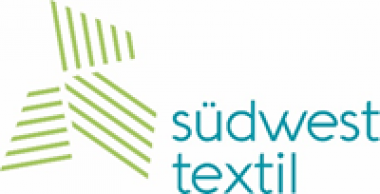Trützschler in Vietnam: Mitigating the effects of labor shortage
It’s hard to find skilled operators for spinning mills in Vietnam. Rapid industrialization is creating competition for young talents and many workers choose roles in other industries. Customer Tra Ly Hung Yen has found a partner in Trützschler to help mitigate the effects of this labor shortage and enable successful operations.
Traditionally, yarn manufacturers need many experienced and qualified workers. However, it is difficult to attract and retain these operators. In addition, raw material fluctuations add extra challenges for all spinners. In order to produce yarn with consistent quality, it is necessary to make precise adjustments to the processing system – and this requires trained employees. A major headache for businesses in quality-driven markets like Vietnam.
Tra Ly is one of those businesses. The company’s success is built on a longstanding reputation for quality, so labor shortages generated a potential threat to its future. The family-owned company mainly produces carded and combed cotton (Ne 20 to Ne 40) through standard and compact spinning methods. It has a production capacity of 60 tons per day, with half of that output exported to China, Pakistan or Bangladesh. To find a solution to its labor shortage, the Tra Ly team contacted its partners at Trützschler.
The answer from Trützschler: Highly automated, self-optimizing machinery that helps to maintain consistent quality – even when processing raw materials of varying qualities. This reduces the need for manual intervention. As Do Thi Lan Phuong, Director of Tra Ly, points out: “Innovations from Trützschler offer efficient handling that frees up time for our employees. In this way, we are able to cope with labor shortages. These machines enable higher productivity, improved sliver evenness and more energy-efficient manufacturing. And working together with Trützschler is always a great experience because of their deep expertise, can-do attitude and positive energy.”
Automatized and optimized
Tra Ly now operates the following advanced technologies from Trützschler:
- T-SCAN TS-T5: High-quality foreign part separation
This foreign part separator uses state-of-the-art sensors and image-processing technology to detect foreign parts like stems, leaf fragments or other waste – and then automatically ejects them to minimize fiber loss. The highly efficient machine is also easy to clean and maintain, even when production is running. - The intelligent card TC 19i with T-GO
Tra Ly is also benefiting from the TC 19i with T-GO, which is the world’s only proven automatic gap optimizer for carding machines. It increases quality and flexibility by self-adjusting to ensure the best possible carding gap settings in real time, even when raw materials or other production conditions fluctuate. - Autoleveller Draw Frame TD-10
Automated functions like AUTO DRAFT and OPTI SET enable this draw frame to ensure excellent yarn quality by self-optimizing the break draft and drafting point in real time. These innovations help machine operators to adapt settings for various raw material types. - Boosting productivity: The 12-head comber TCO 21XL
This machine increases productivity by about 50% because it operates 12 heads instead of a typical eight head setup, while delivering the same excellent quality. Features like COUNT MONITORING perform automatic checks on sliver count variations from a given limit, thus contributing to consistent quality.
Fit for the future
Tra Ly recently installed My Mill, Trützschler’s mill monitoring system. Based on real-time data from My Mill, Trützschler experts can conduct digital audits to provide on-site guidance, training and troubleshooting. Trützschler is looking forward to continuing to support Tra Ly. The Vietnamese company is excited about the ongoing collaboration, too. “Working together with Trützschler is always a great experience because of their deep expertise, can-do attitude, and positive energy,” says Do Thi Lan Phuong, Director of Tra Ly.
Trützschler Group SE

































